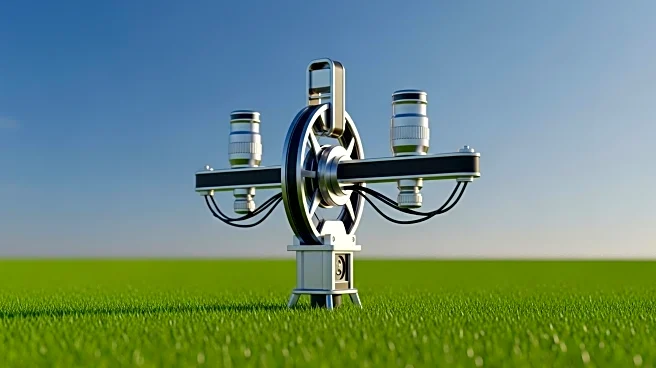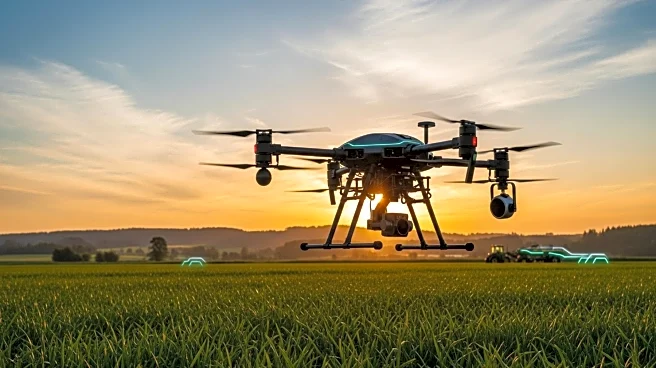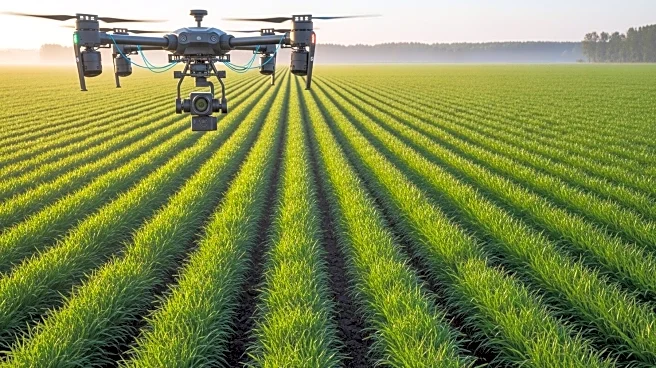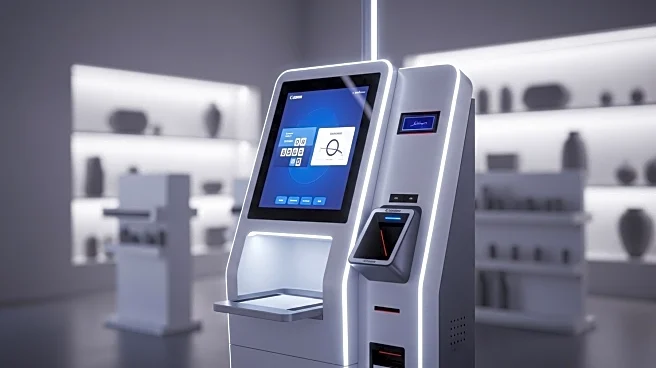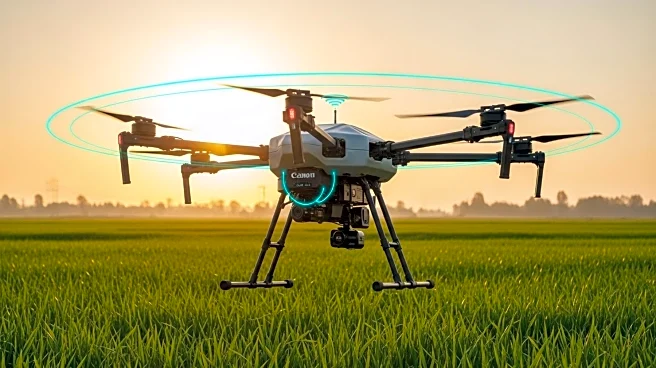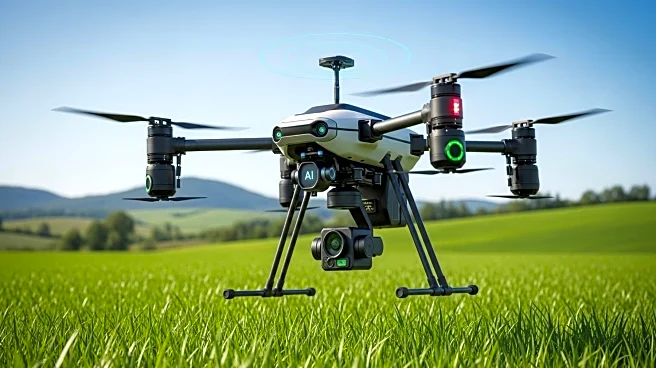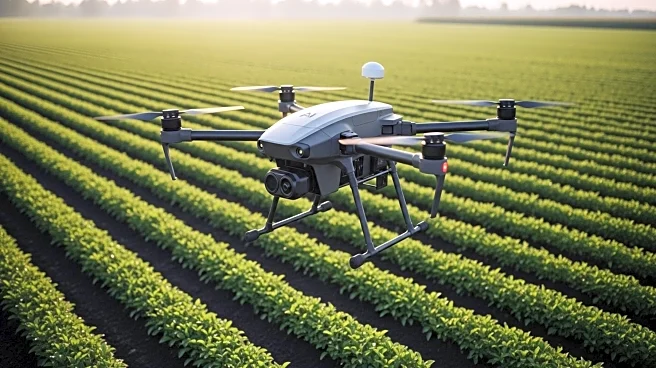What's Happening?
The automated data logging tools and systems market is projected to grow from $4.78 billion in 2024 to $11.99 billion by 2035, with a CAGR of 8.65%. This growth is fueled by the increasing global demand for food, pressure on farmers to enhance productivity, and the adoption of digital technologies like IoT, AI, and cloud platforms in agriculture. These systems provide real-time insights into soil, crop, and weather conditions, optimizing resources and ensuring compliance with sustainability standards. Government incentives for climate-smart farming and concerns over water use and carbon emissions are further driving adoption. The technology is becoming accessible to smallholder farmers due to affordable, solar-powered, and mobile-enabled loggers.
Why It's Important?
The adoption of automated data logging tools is transforming agriculture into a data-driven, precision-based industry. This shift creates opportunities for farm equipment manufacturers to integrate smart sensors and connectivity into their products, generating recurring revenue through data subscriptions. Agrochemical and seed companies can offer tailored crop management solutions, while irrigation firms can optimize water use. These systems reduce manual labor dependency, improve regulatory compliance, and enhance supply chain transparency. The collaboration between agriculture, technology, and sustainability sectors is accelerating the industry's transformation into a digitally integrated, climate-resilient field.
What's Next?
Irrigation and fertigation control systems are expected to lead the market by application, addressing challenges in water management and nutrient delivery. Multi-sensor logging units will dominate the hardware segment, offering comprehensive monitoring capabilities. IoT-based data logging platforms will lead the software segment, enabling seamless integration of sensors and farm management systems. North America is anticipated to lead the market due to its mechanized agricultural sector and strong digital infrastructure. Government support for sustainable agriculture and rising labor costs will further drive automation adoption.


